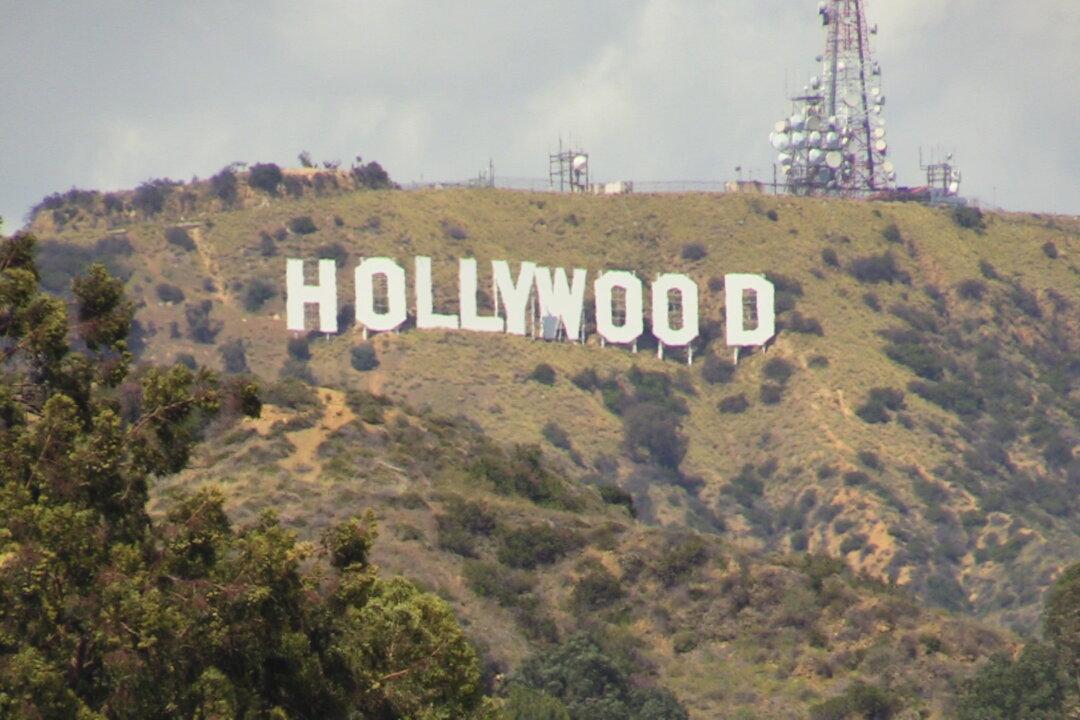Commentary
When I was 15 years old, I decided that the Motion Picture Production Code was the answer to society’s problems. I boiled the moral decay in American culture in recent decades down to one thing: the bad influence of the entertainment industry. It all starts in Hollywood, so I pinpointed unwholesome films as the source of the corruption.





